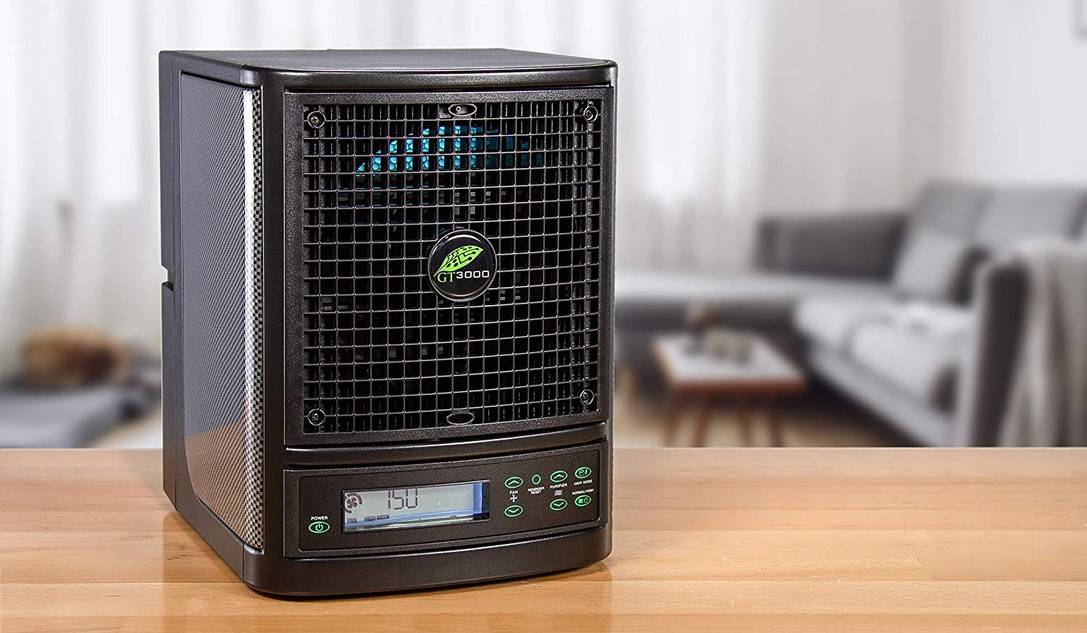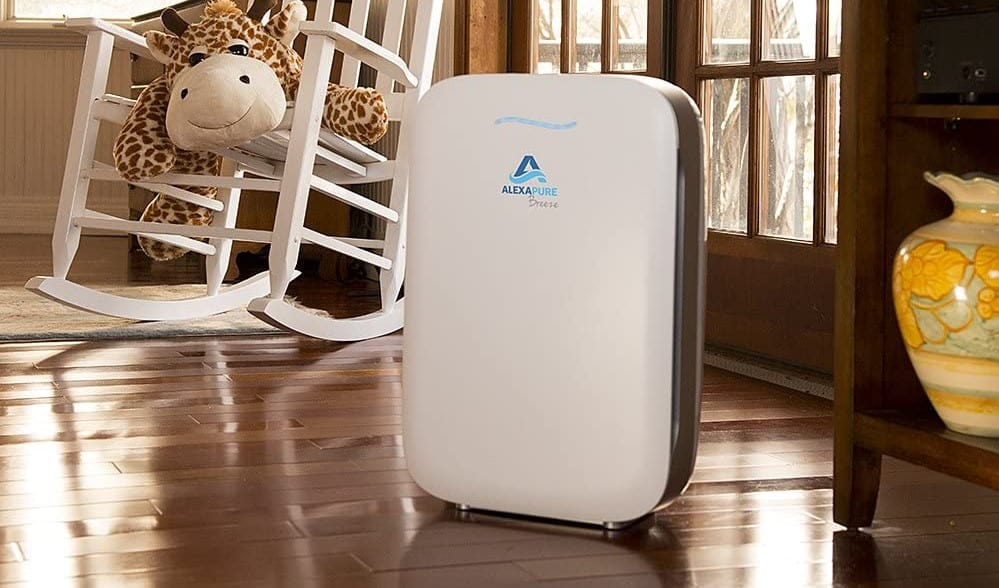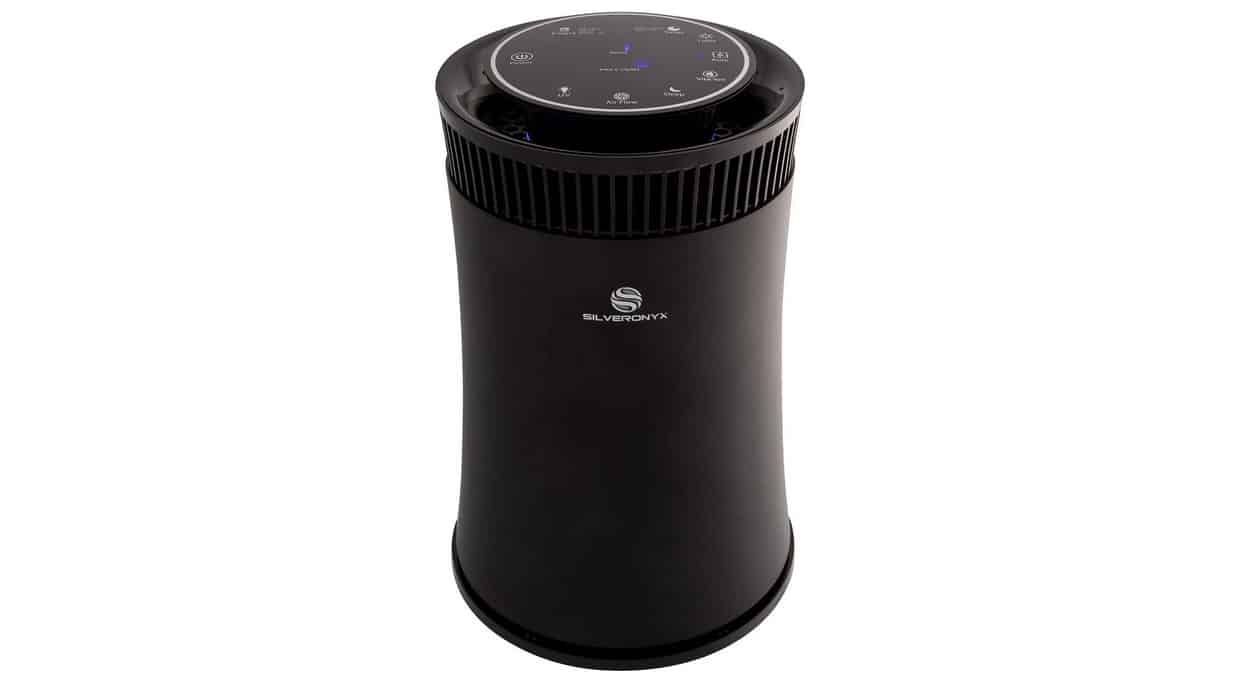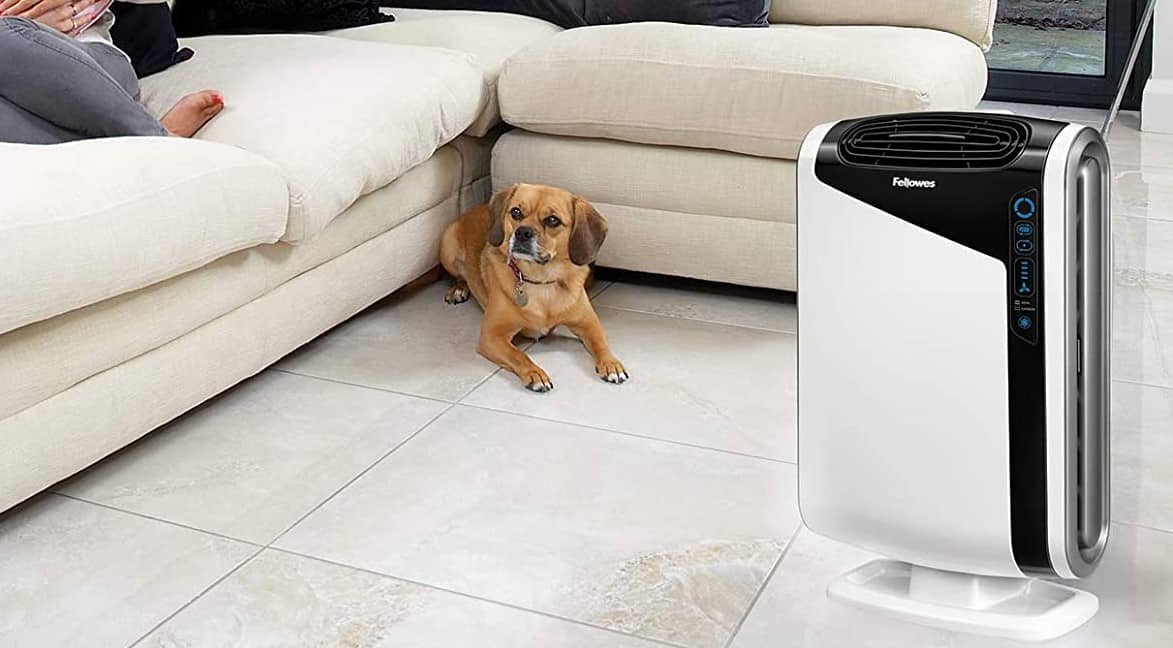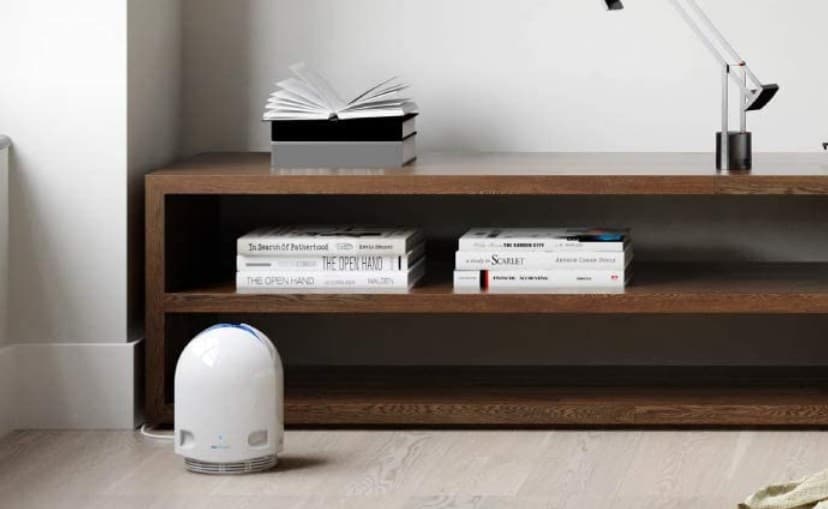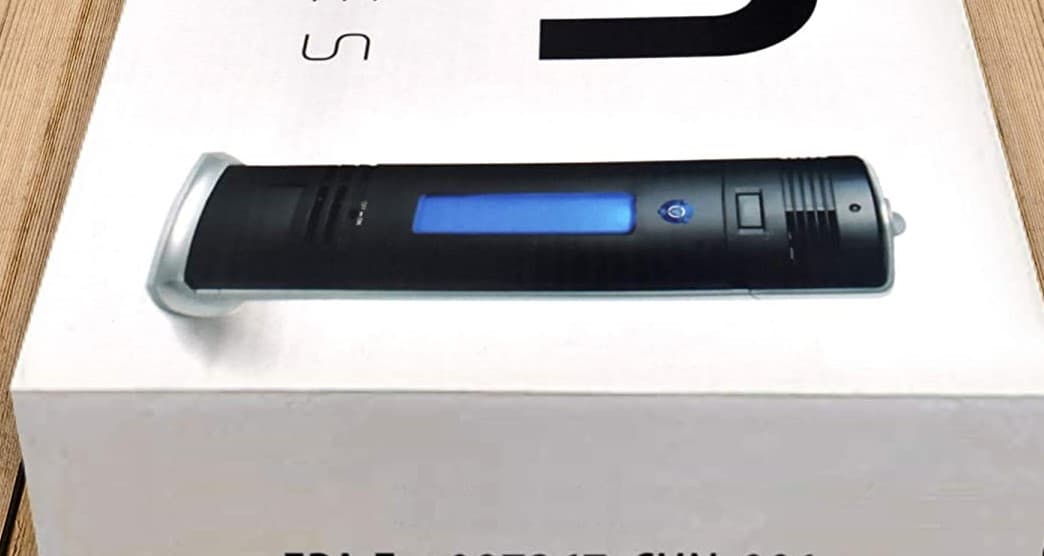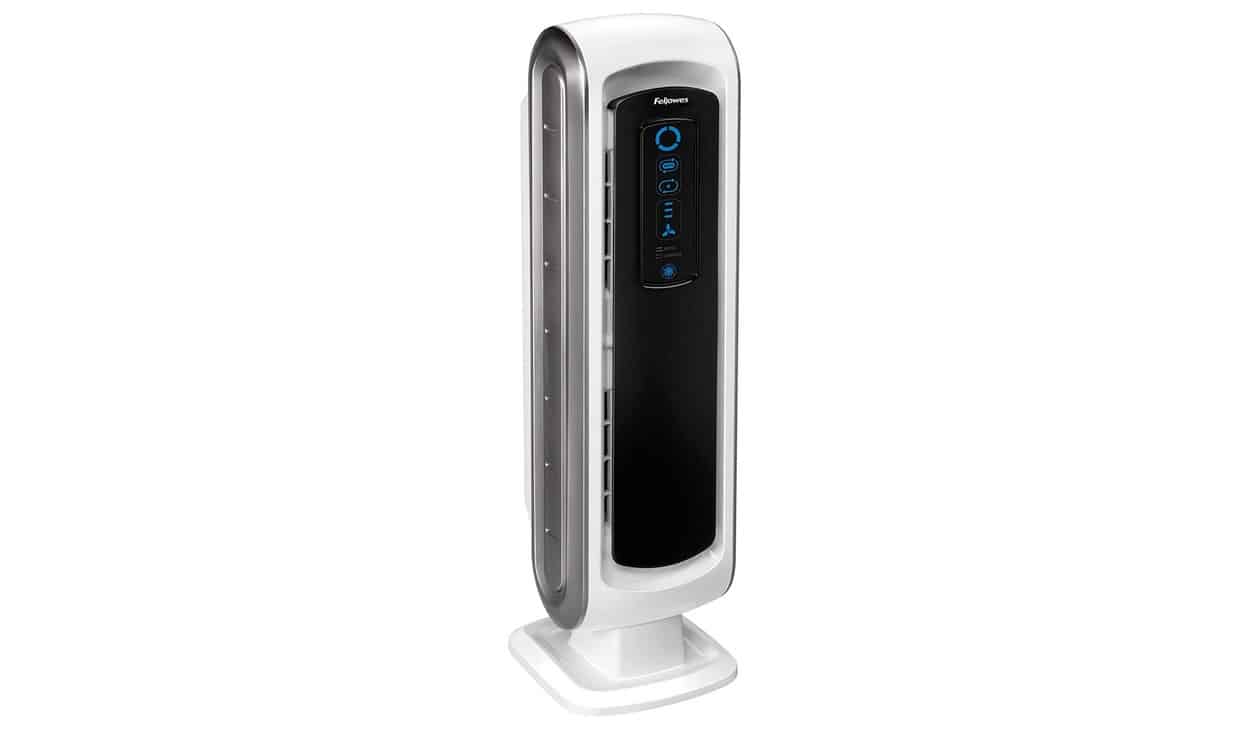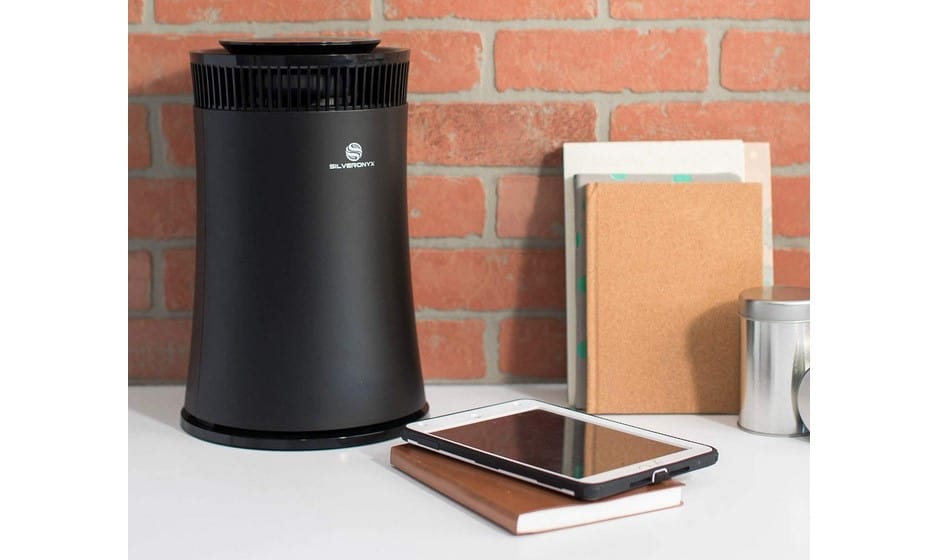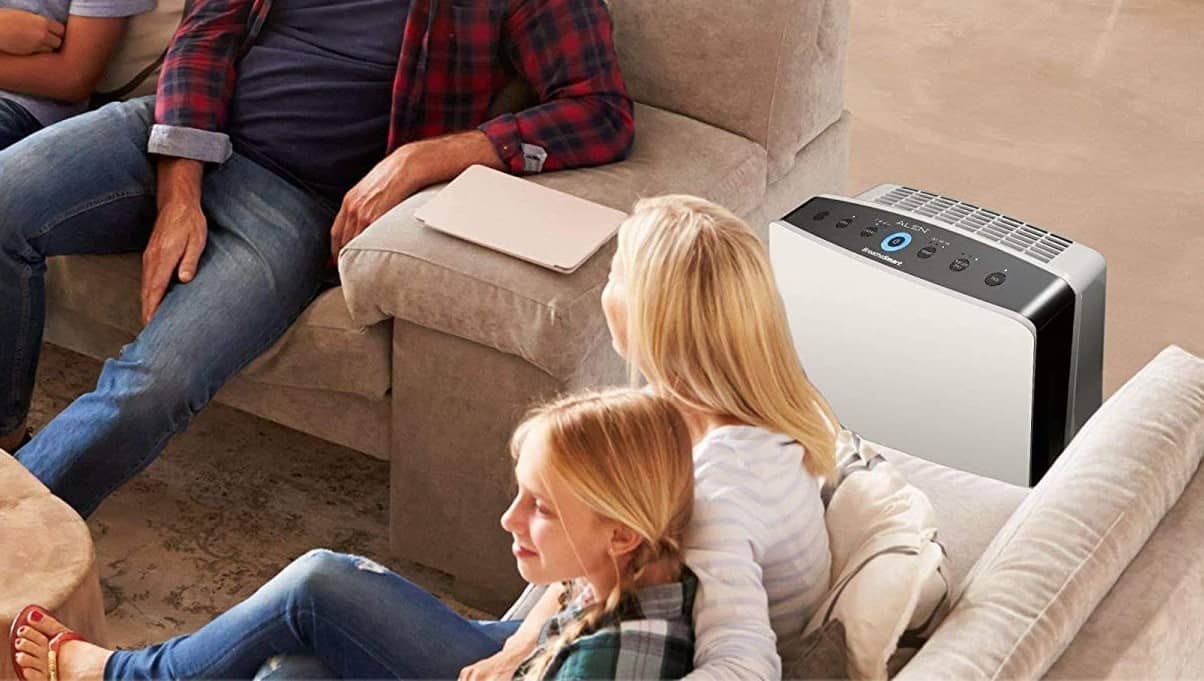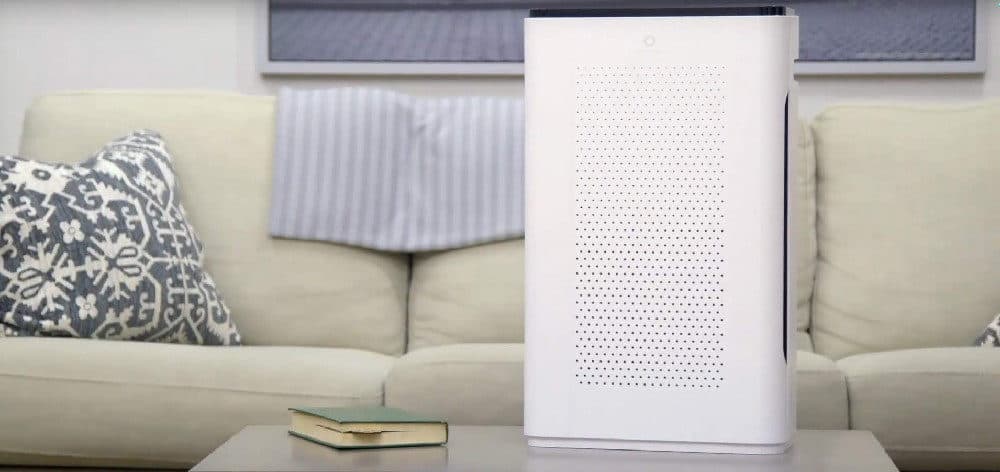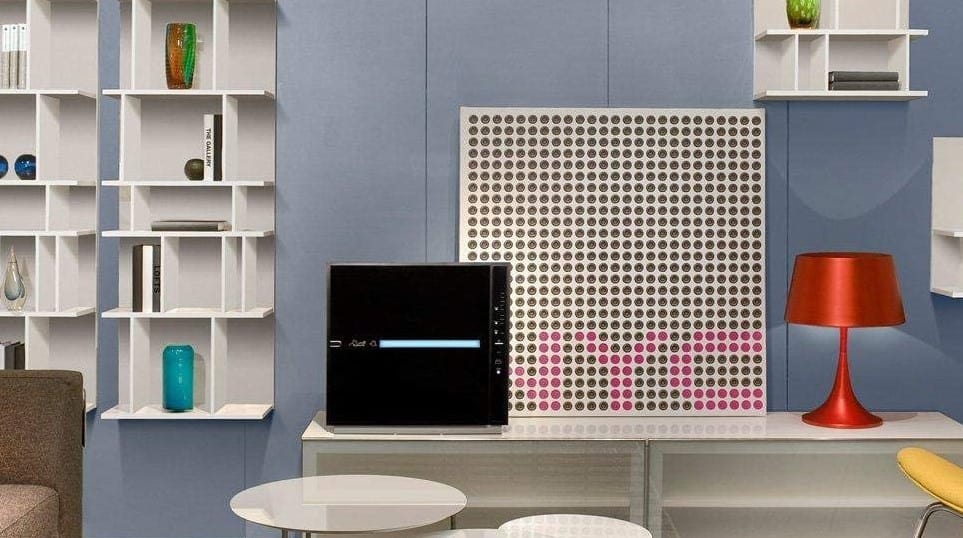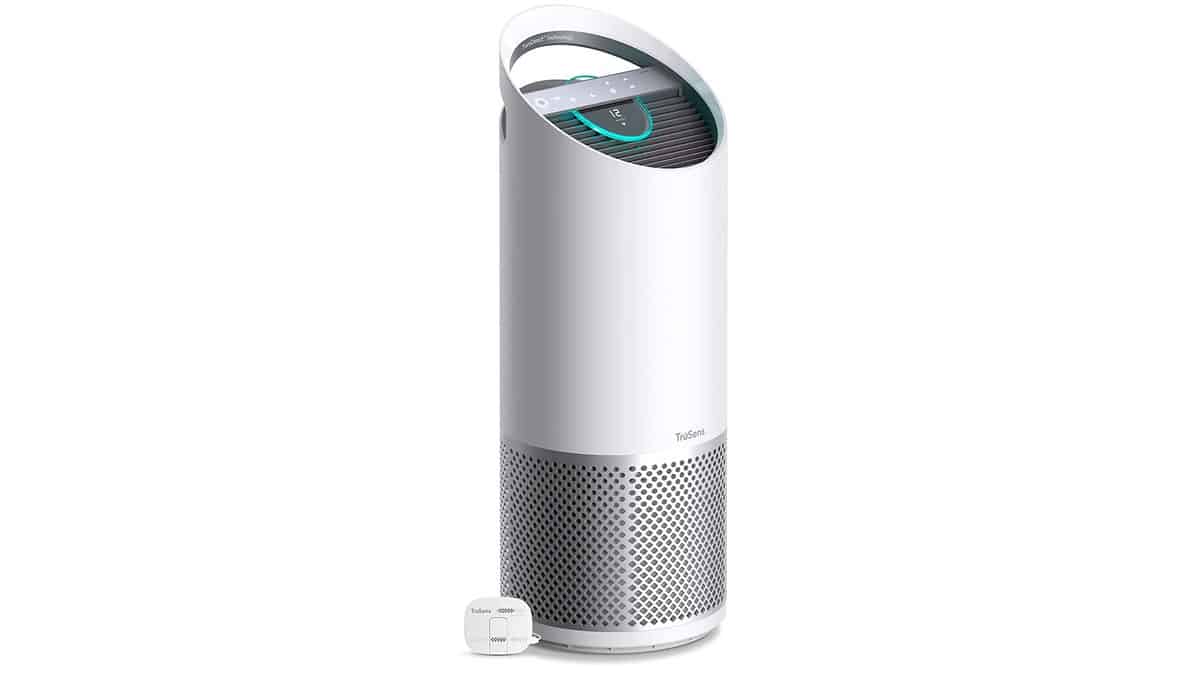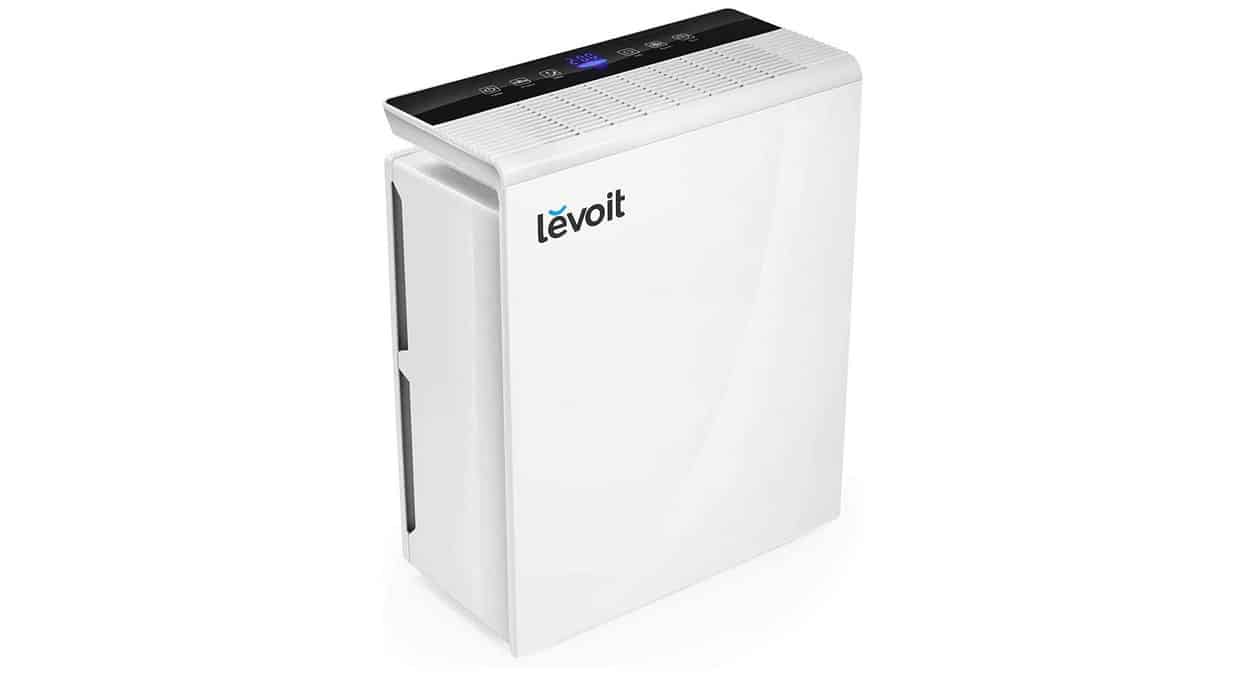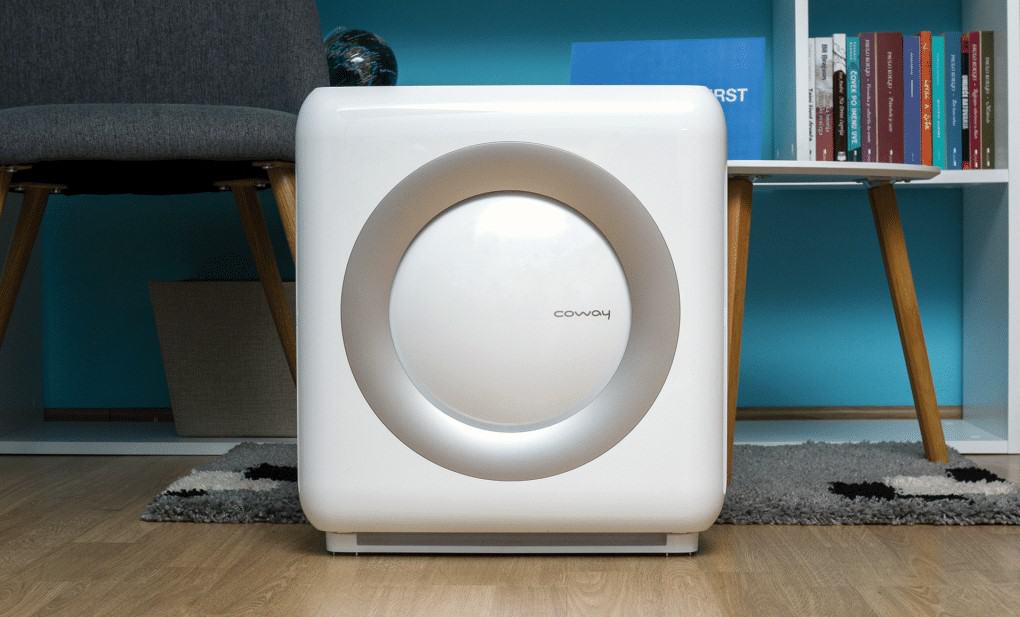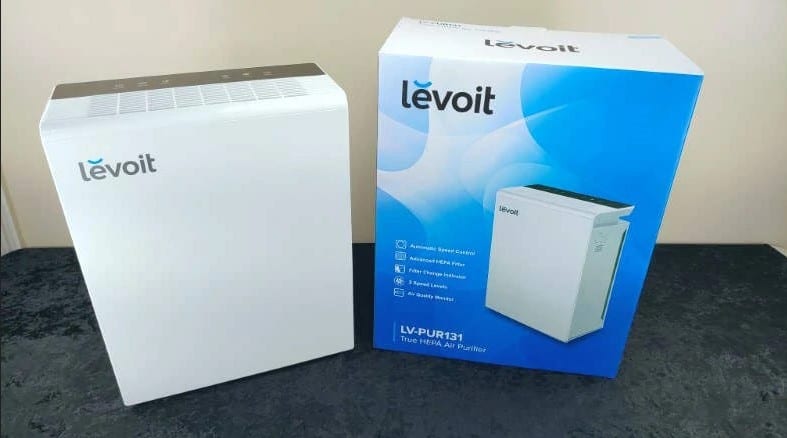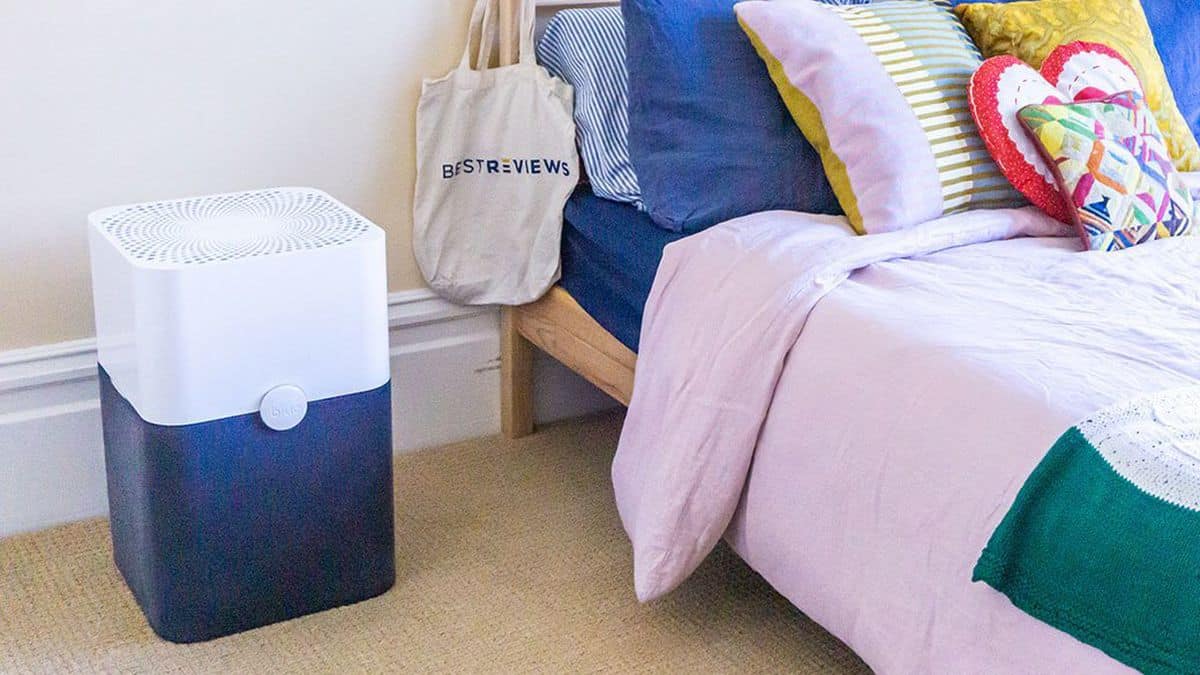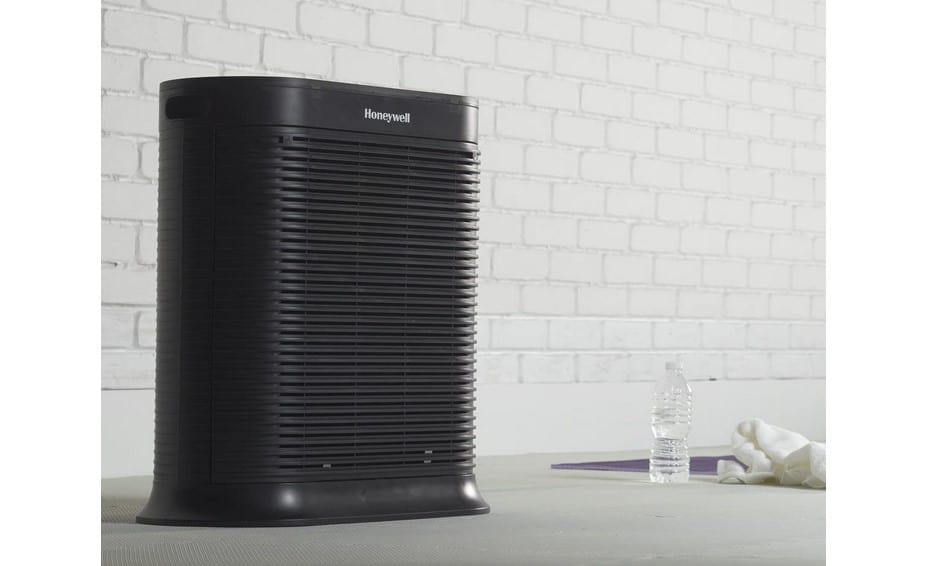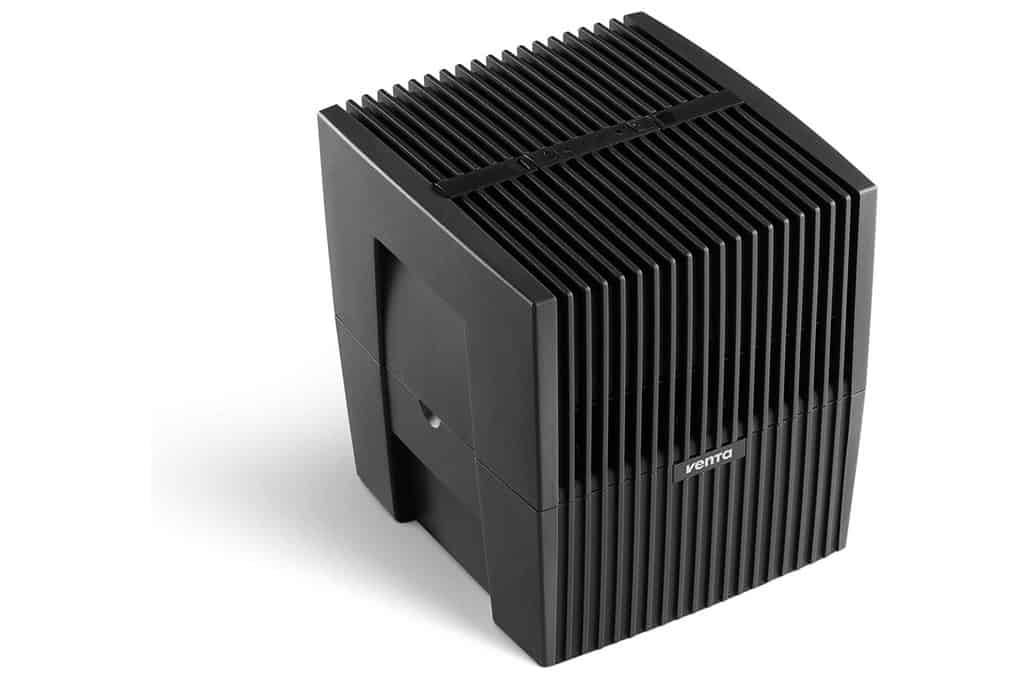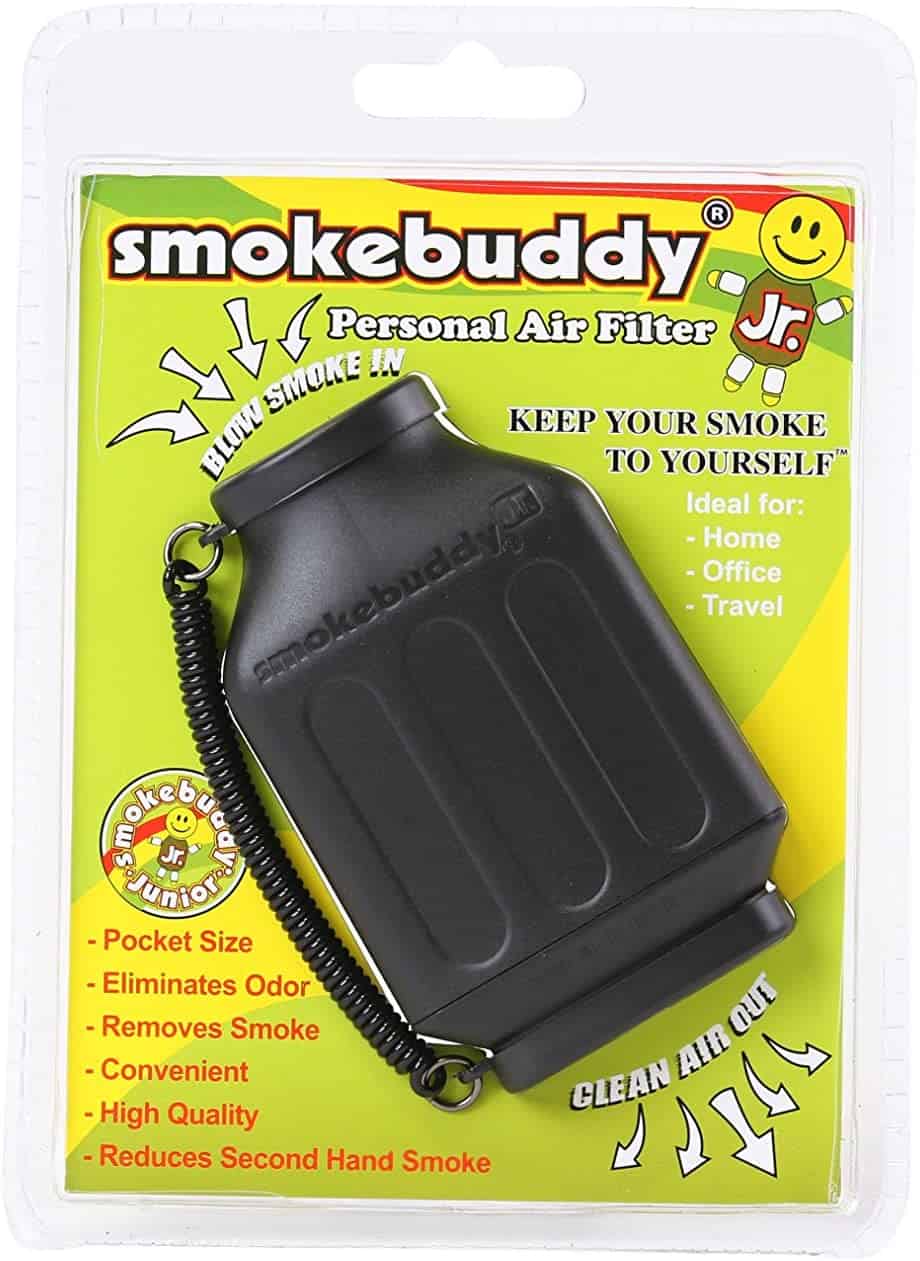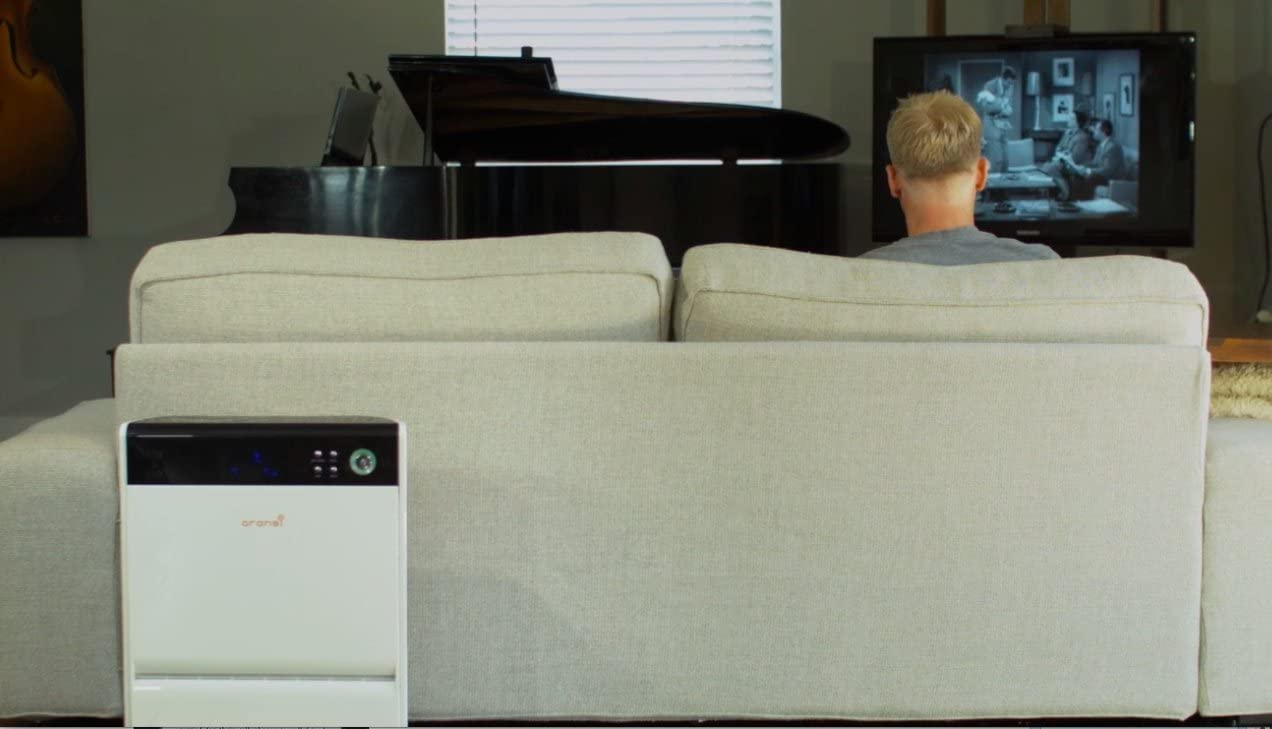Air purifiers can be a great way to improve the overall air quality of a room and reduce the number of allergens and irritants, especially for those with chronic breathing and respiratory issues, but they can be expensive not only to purchase but to maintain. If you’d like to know how to make an air purifier yourself, several quick, easy solutions can save you money and stress and scratch that DIY itch all at once.
KEY TAKEAWAYS:
- A simple DIY air purifier is almost or as effective as most consumer models while generally costing no more than $40 to make.
- This popular DIY design has been shown to remove at least 87% of particulates on medium fan settings.
- This DIY air purifier takes 10 minutes or less to put together.
Below we’ll briefly discuss the different kinds of best air purifiers and their function, and walk you step-by-step through the process of making your own, including all the materials and tools you’ll need.
Air Purifiers and Air Filters Overview
Home air purifiers and air purifiers come in many varieties and vary on what kind of filtration they perform, price and performance ratio, and other factors, but the three basic varieties in terms of functionality are electrostatic or ionic, which use magnetism to remove particulates from the air, UV or ultraviolet, which uses ultraviolet light to destroy bacteria, molds, fungus, and even some viruses from the air, and fiber-based filters such as HEPA, which sieves particulates out of the air. Sometimes an air purifier might put our cold air, but that depends mostly on where it’s located.
We’ll be focusing on building a fiber-based option using HEPA filters. Other than using HEPA filters, you can also make a very simple water-based air purifier that will help filter out allergens and impurities but not mold or mildew.
Insider Tip
The three basic varieties in terms of functionality are electrostatic or ionic, which uses magnetism to remove particulates from the air, UV or ultraviolet, which uses ultraviolet light to destroy bacteria, molds, fungus, and even some viruses from the air, and fiber-based filters such as HEPA, which sieves particulates out of the air.
Making Your Own Air Purifier
It’s important to note that building a DIY UV and/or magnetic air filter/purifier would be extremely difficult and likely expensive for the layperson. Therefore, these instructions are for building a particulate air purifier that filters out allergens and impurities like dust, dander, and other microparticles.
You’ll need:
- A decent quality fan with either a flat front or back- a mid-sized box fan (either plastic or metal will work) is ideal, preferably with a recessed motor for the greatest ease of attachment for your filter ($10-35 USD approximately)
- One HEPA-style replacement air filter sized to match your fan of choice ($15-25 USD approximately)
- Pliers and/or a flat head or Phillips head screwdriver for removing your fan’s grating, depending on how it’s attached
- Good quality string or twine of any material
Steps:
- Using your pliers and/or screwdriver as needed, remove the grating from your fan- if it’s a box fan with grating on both the front and back, it’s preferable to remove the front side.
- Remove the speed/power dial if it will obstruct the attachment of your HEPA filter (be sure to remove it set to the speed you’d prefer- the highest setting is best for this purpose- and keep in mind that you’ll have to plug and unplug the fan to turn it on and off now.)
- Using strong twine or string, securely fasten your HEPA filter to the side of the fan where you removed the grating. If you need to trim the filter so that the fan can stand on its own base, you can use scissors to do so, but otherwise, it won’t affect the efficacy of the HEPA filter.
- Plug your fan back in. If it rattles or makes any other noises, you may want to refasten the filter, but otherwise, you should be all set. Congratulations on your first DIY air filter!
Total length of project: 10 minutes or less
Also, you can add some tea tree oil to your air purifier as its sweet aroma will help reduce odor and act as a very good household cleaner.
Warning
Building a DIY UV and/or magnetic air filter/purifier would be extremely difficult and likely expensive for the layperson.
F.A.Q.
What combination of air filters will protect against everything?
While not practical or feasible as a DIY project, a combination of electrostatic (ionic), UV, and HEPA filtering technology would provide the most complete purification, covering airborne allergens, bacteria, mold, fungus, and smoke or fumes
Do DIY air purifiers actually work?
Testing by both professionals and DIY enthusiasts using professional air quality testing equipment has shown that a properly built DIY air purifier using HEPA filters can be nearly or equally as effective as even the most expensive HEPA-based air purifiers on the market.
Why build an air purifier instead of buying one?
There are few if any consumer home air purifiers that come close to the cost-effectiveness of a DIY one costing as little as $25 to make, all materials included. The average consumer will spend a minimum of $200 on a new single-room air purifier.
How often should I change the filter on my DIY air purifier?
If you’ve used a HEPA filter as recommended, you should be changing the filter about once a month if used daily.
STAT: A New York Times report showed a popular DIY purifier design to reduce particulates by up to 87% with the fan on medium for a period of 35 minutes (source)

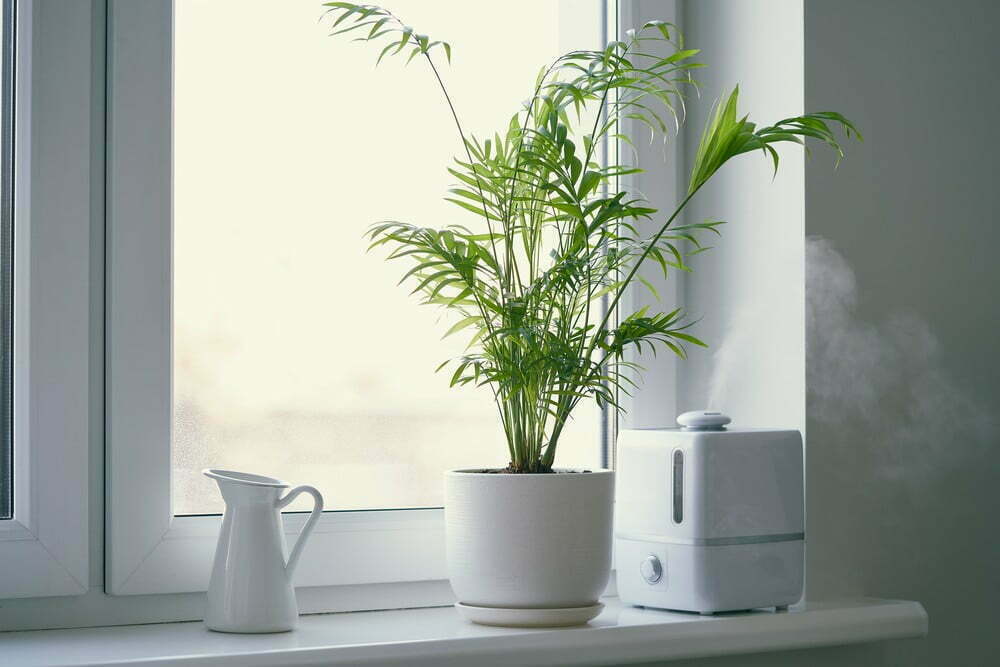













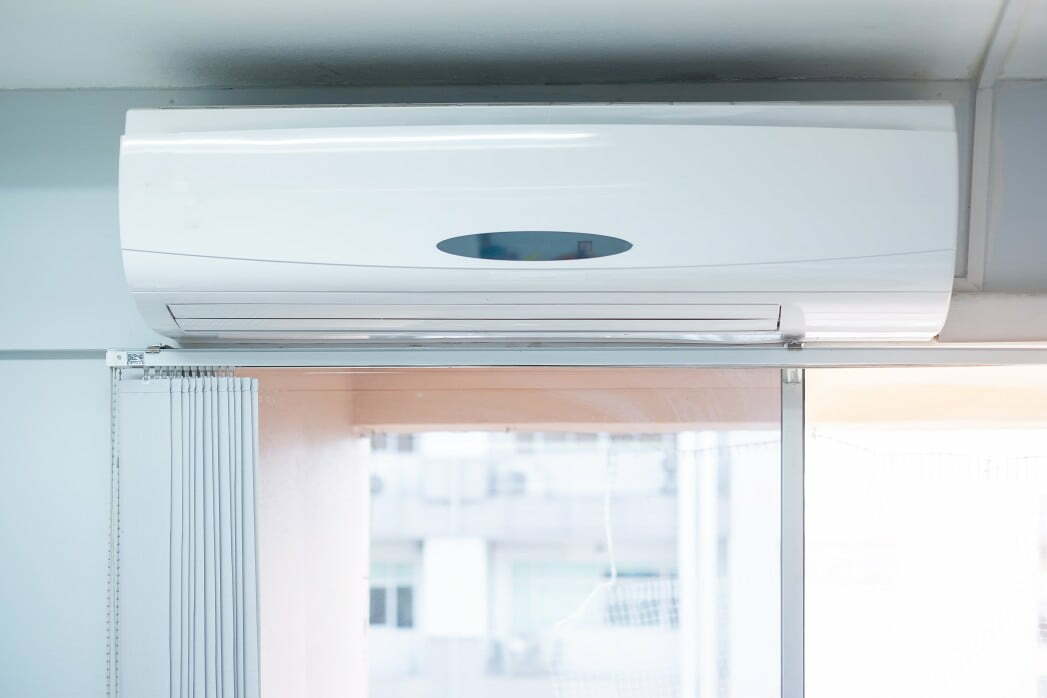
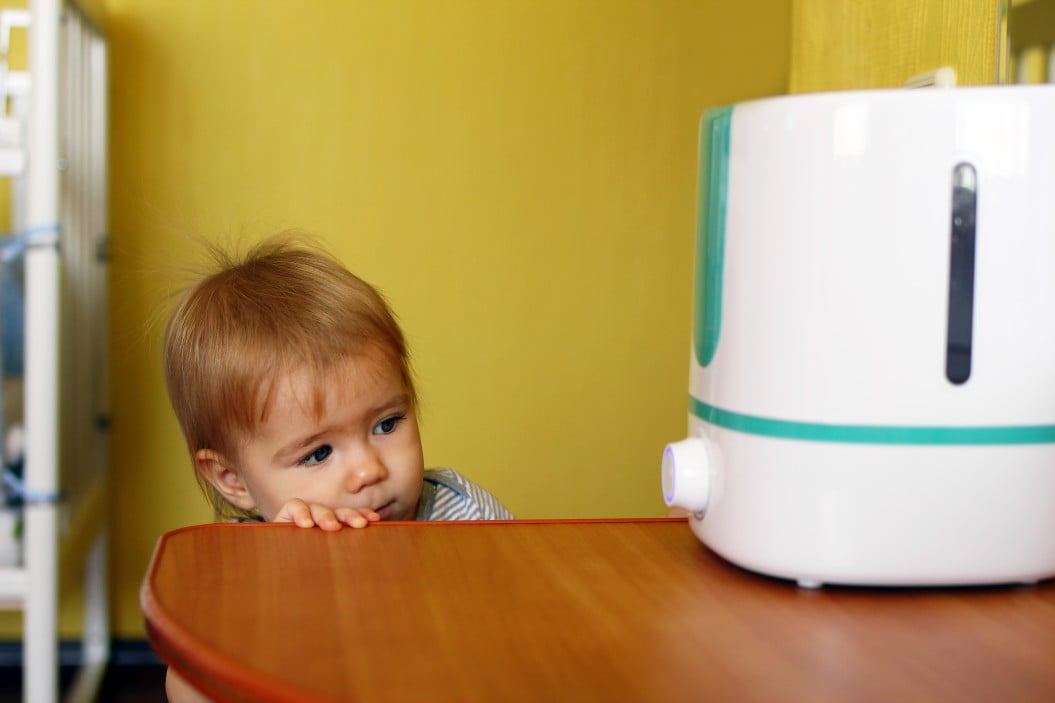
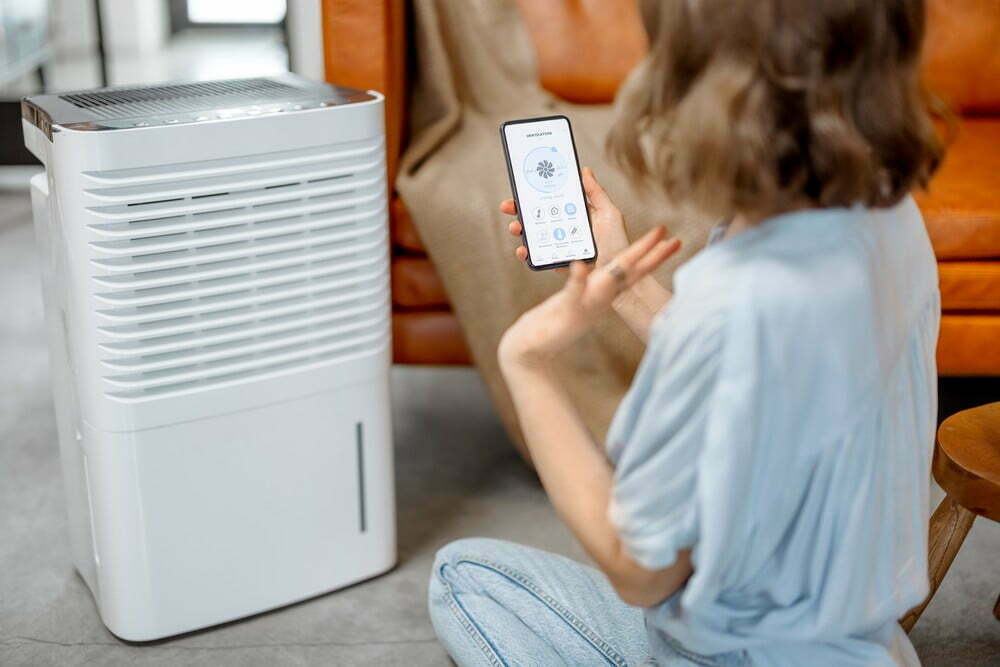
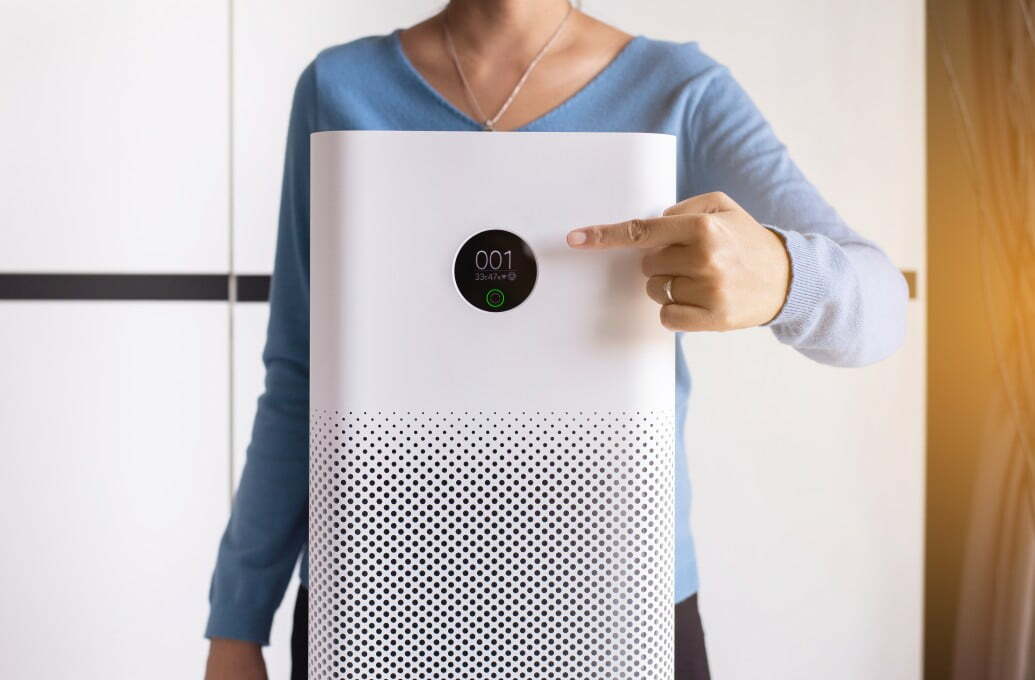
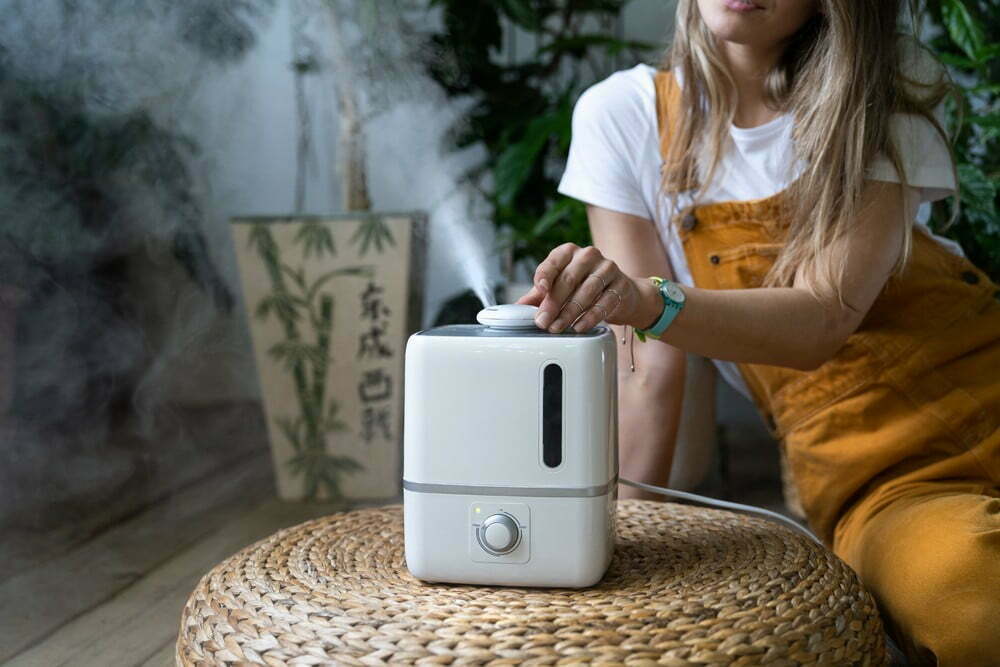
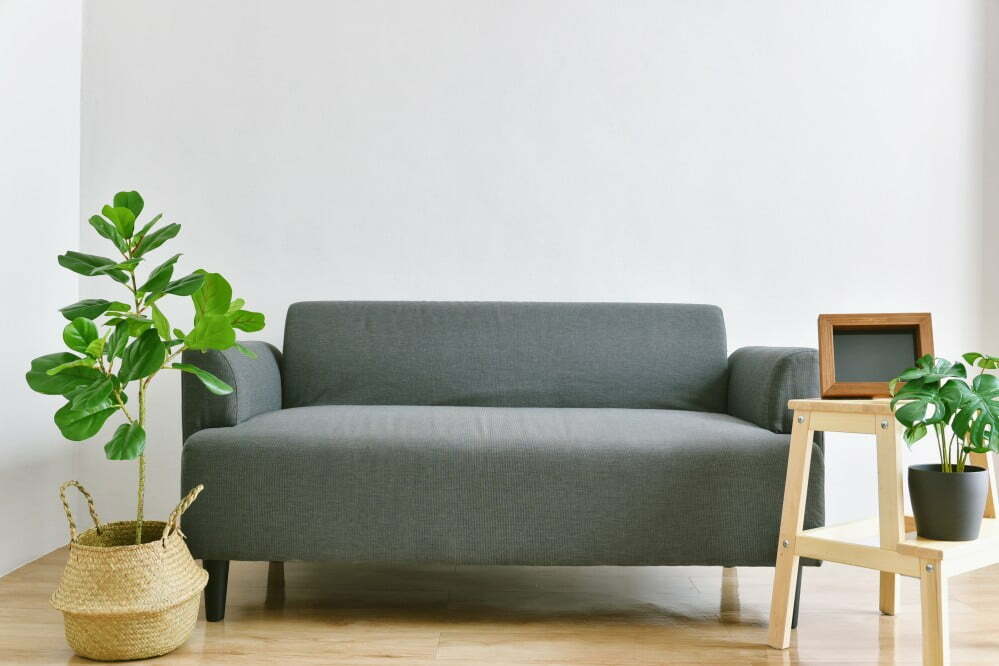
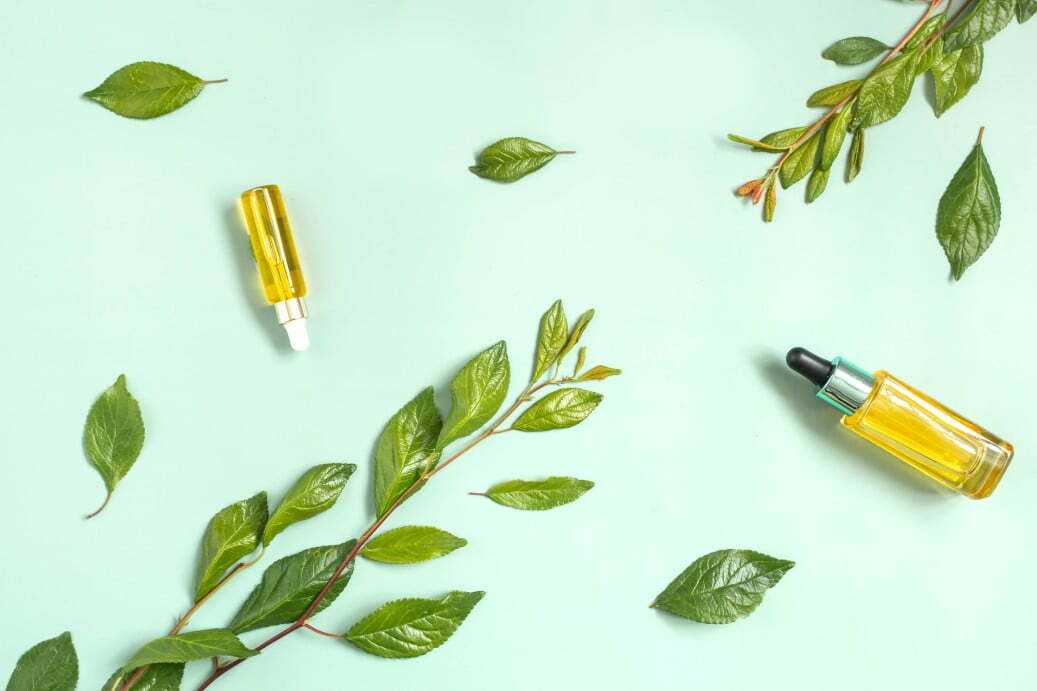
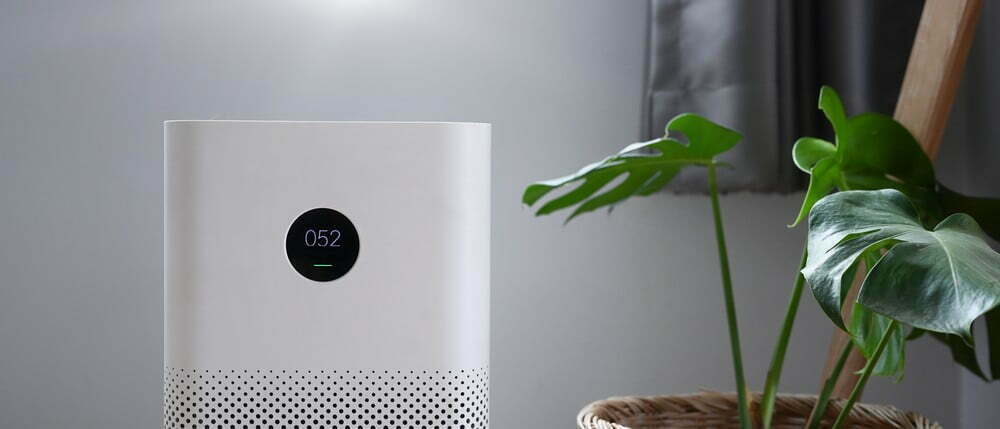
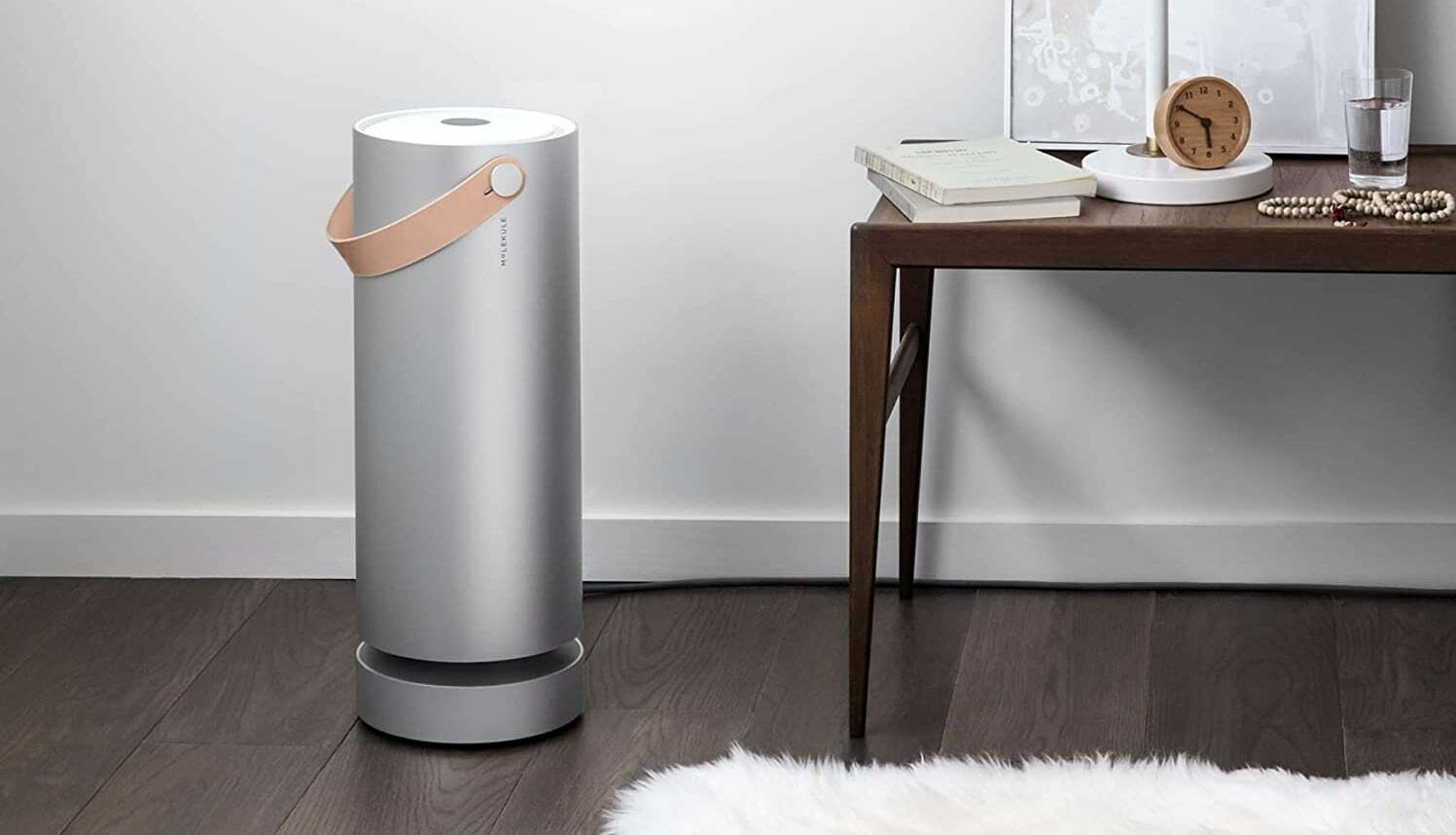
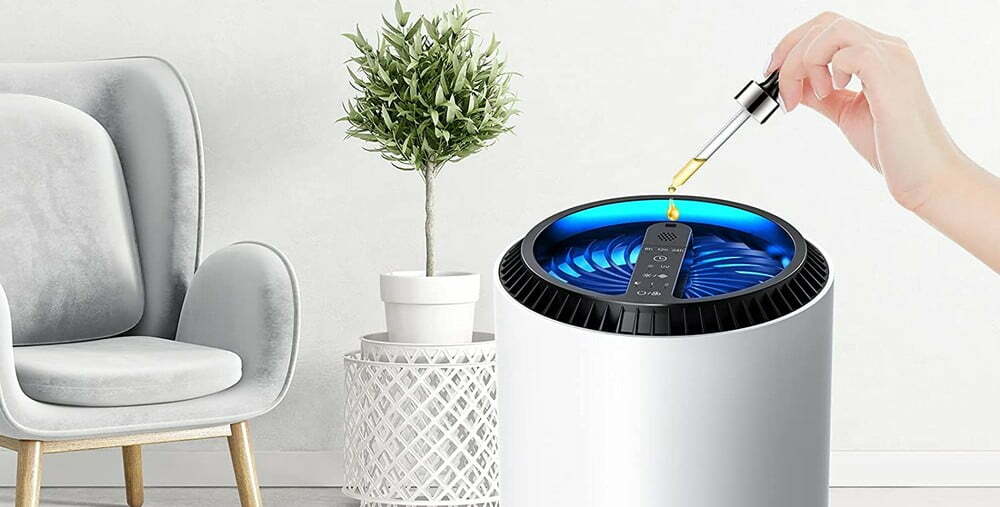
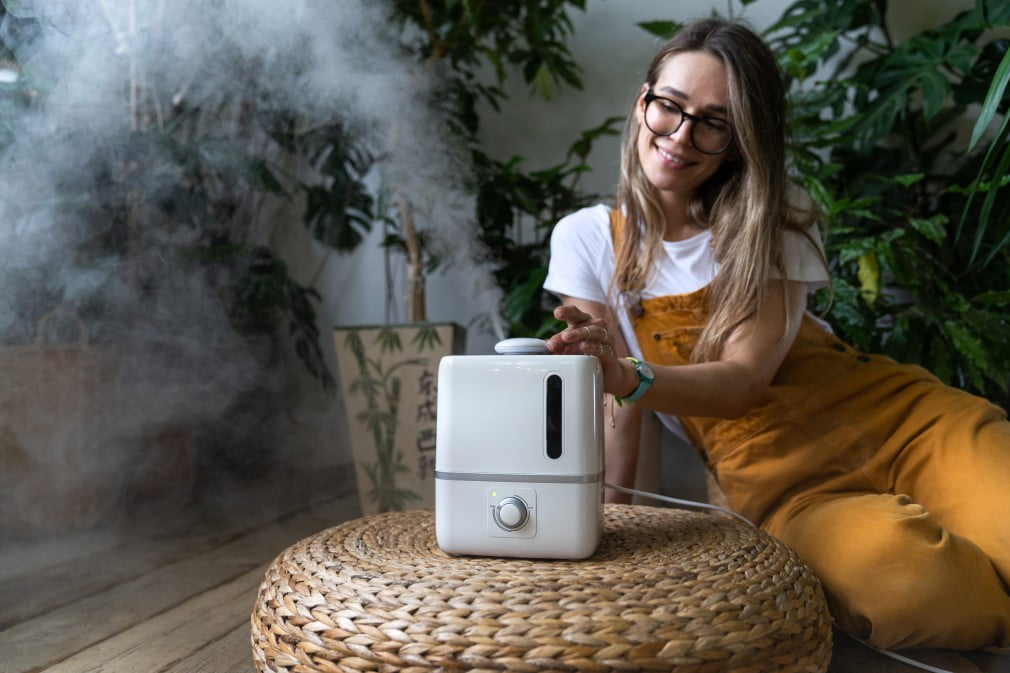
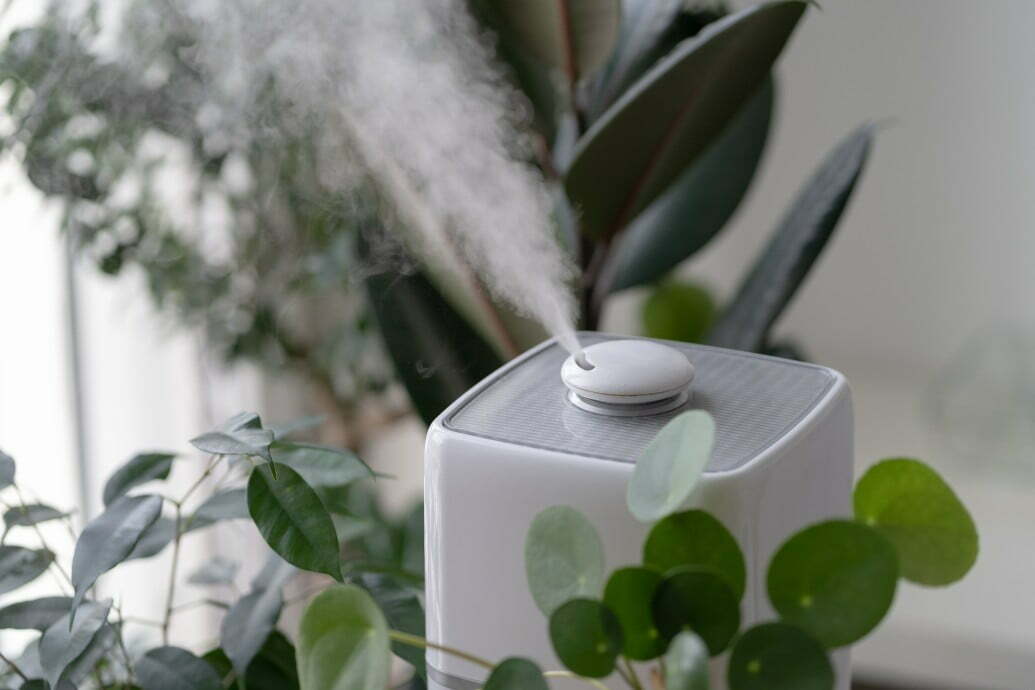
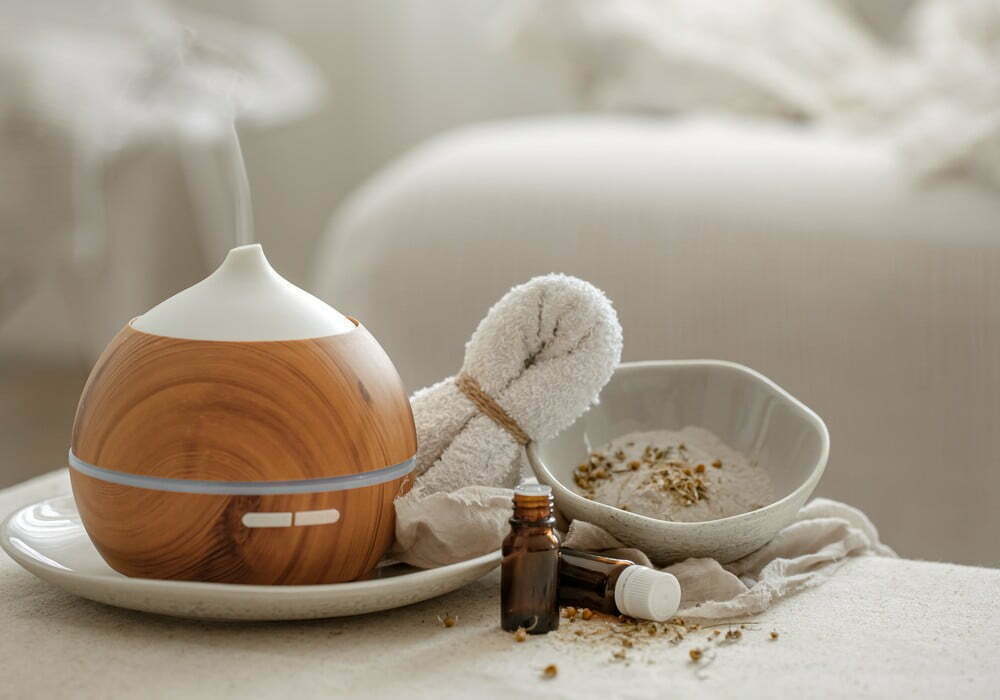
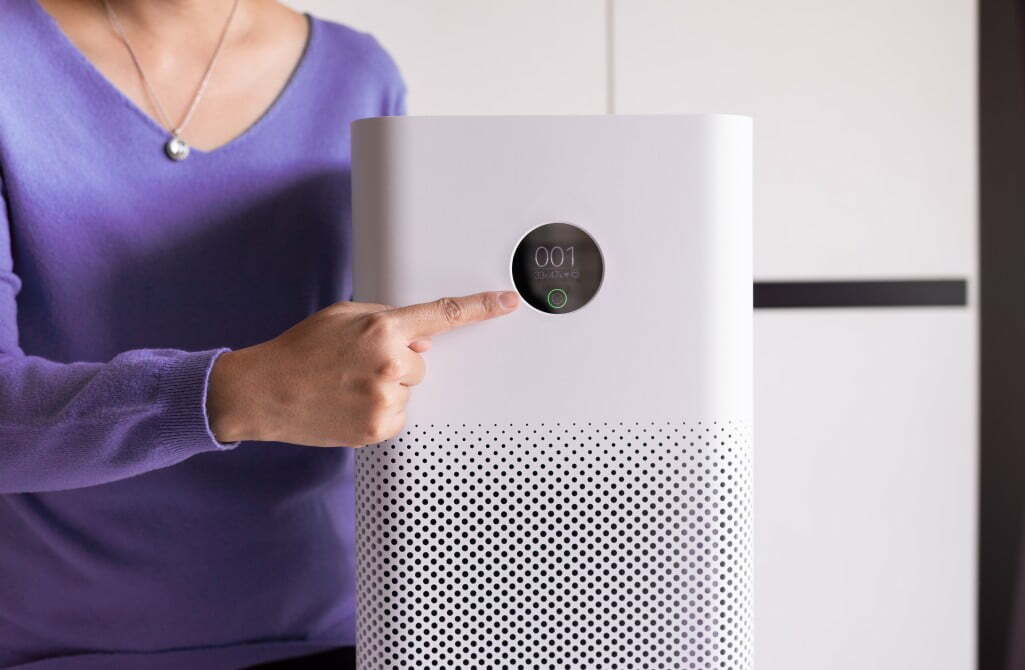
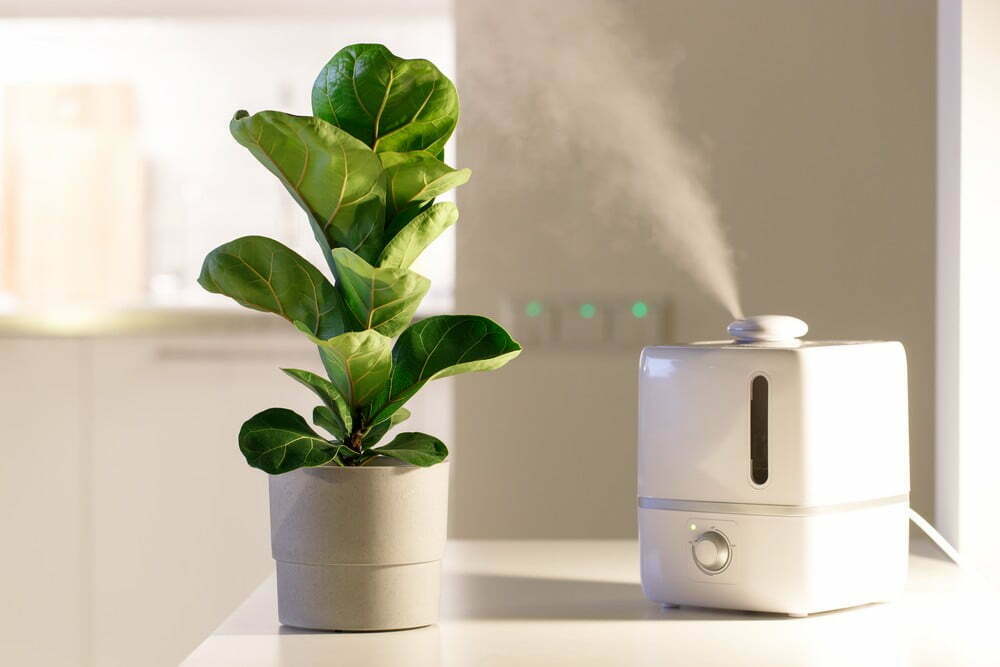
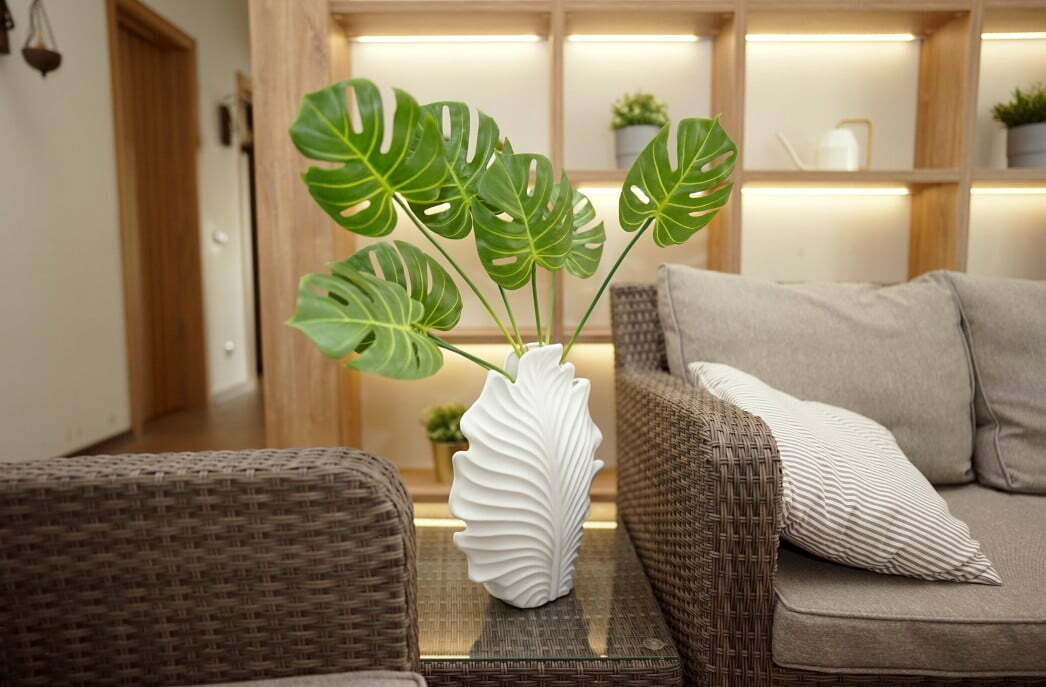
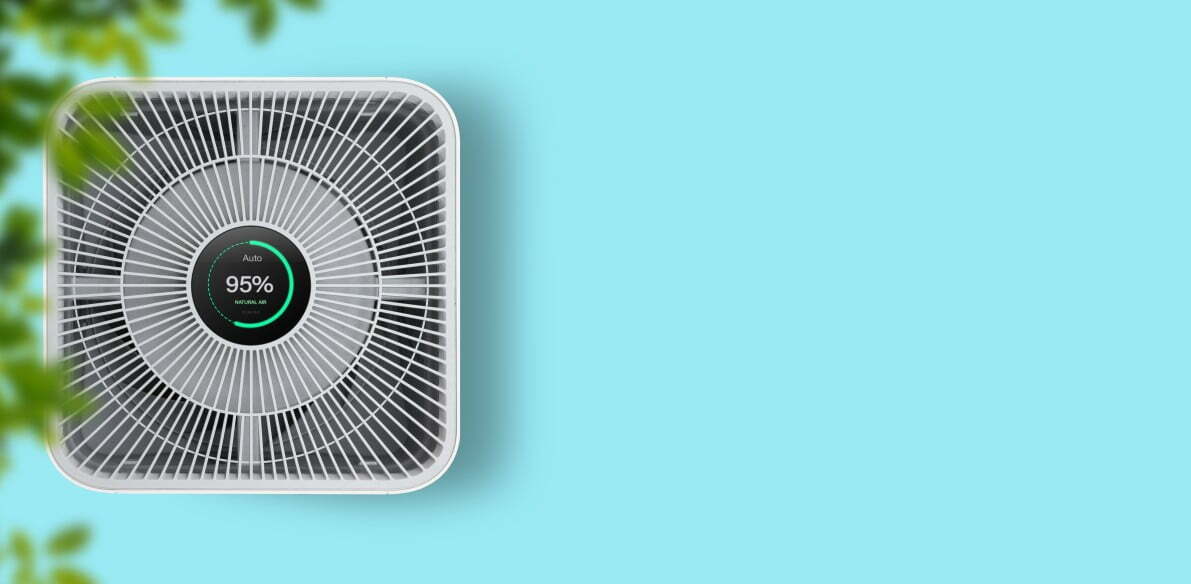
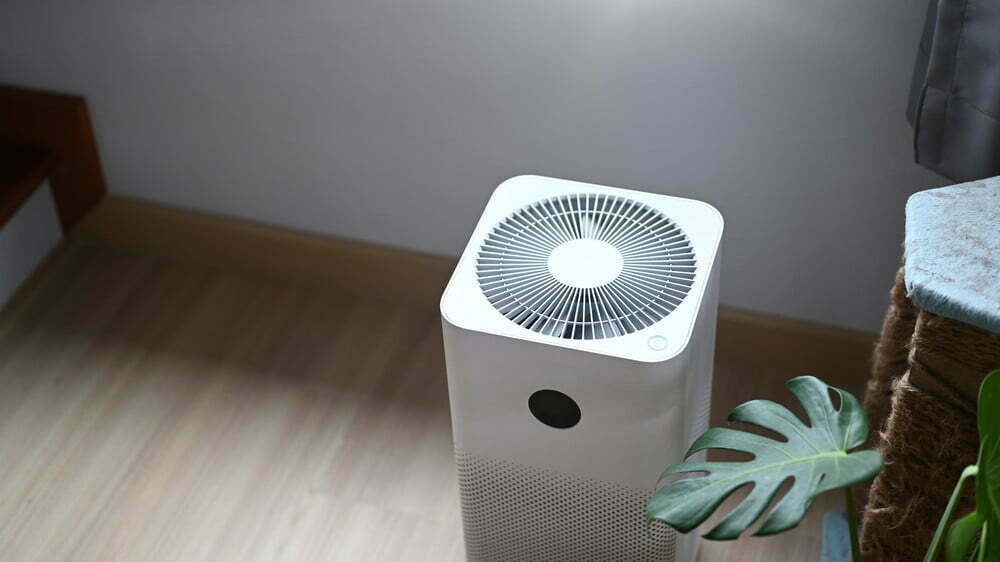
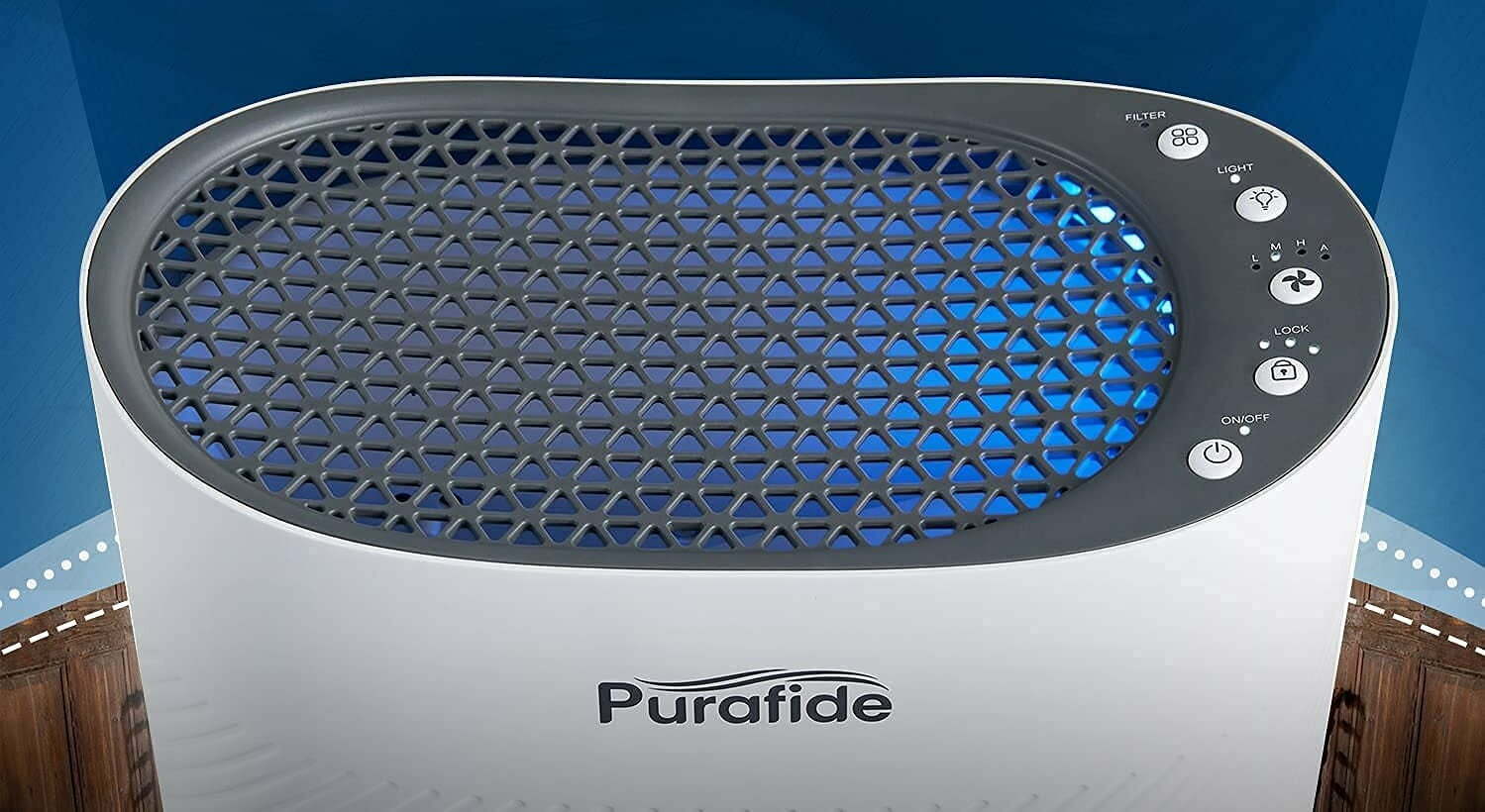
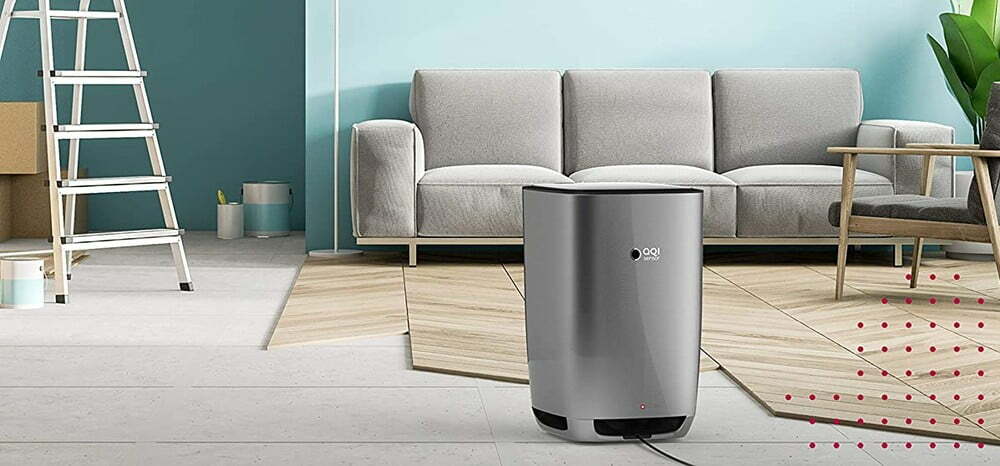
![Best Air Purifiers for VOCs and Formaldehyde in [year] 27 Best Air Purifiers for VOCs and Formaldehyde in 2026](https://www.gadgetreview.dev/wp-content/uploads/best-air-purifier-for-vocs-and-formaldehyde-image.jpg)
![Best Air Purifier in [year] ([month] Reviews) 28 Best Air Purifier in 2026 (January Reviews)](https://www.gadgetreview.dev/wp-content/uploads/Honeywell-True-HEPA-Allergen-Remover-HPA300-e1475603569442.jpg)
![Best Air Purifiers for Dust in [year] 29 Best Air Purifiers for Dust in 2026](https://www.gadgetreview.dev/wp-content/uploads/best-air-purifier-for-dust-image.jpg)
![Best Honeywell Air Purifiers in [year] 30 Best Honeywell Air Purifiers in 2026](https://www.gadgetreview.dev/wp-content/uploads/best-honeywell-air-purifier-image.jpg)
![Best Germicidal Air Purifiers in [year] 31 Best Germicidal Air Purifiers in 2026](https://www.gadgetreview.dev/wp-content/uploads/best-germicidal-air-purifier-image.jpg)
![Best Filterless Air Purifiers in [year] 32 Best Filterless Air Purifiers in 2026](https://www.gadgetreview.dev/wp-content/uploads/best-filterless-air-purifier-image.jpg)
![Best Levoit Air Purifiers in [year] 33 Best Levoit Air Purifiers in 2026](https://www.gadgetreview.dev/wp-content/uploads/best-levoit-air-purifier-image.jpg)
![Best Air Purifiers for Smoking Weed in [year] 34 Best Air Purifiers for Smoking Weed in 2026](https://www.gadgetreview.dev/wp-content/uploads/best-air-purifier-for-smoking-weed-image.jpg)
![Best Quiet Air Purifiers in [year] 35 Best Quiet Air Purifiers in 2026](https://www.gadgetreview.dev/wp-content/uploads/best-quiet-air-purifier-image.jpg)
![Best Desktop Air Purifiers in [year] 36 Best Desktop Air Purifiers in 2026](https://www.gadgetreview.dev/wp-content/uploads/best-desktop-air-purifier.jpg)
![Best Dyson Air Purifiers in [year] 37 Best Dyson Air Purifiers in 2026](https://www.gadgetreview.dev/wp-content/uploads/best-dyson-air-purifier.jpg)
![Best Air Purifiers for Dorm Room in [year] 38 Best Air Purifiers for Dorm Room in 2026](https://www.gadgetreview.dev/wp-content/uploads/air-purifier-for-dorm-room-1.jpg)
![Best Air Purifiers for Office in [year] 39 Best Air Purifiers for Office in 2026](https://www.gadgetreview.dev/wp-content/uploads/best-air-purifier-for-office.jpg)
![Best Air Purifiers for Basement in [year] 40 Best Air Purifiers for Basement in 2026](https://www.gadgetreview.dev/wp-content/uploads/best-air-purifier-for-basement.jpg)
![Best Air Purifiers For Odor in [year] 41 Best Air Purifiers For Odor in 2026](https://www.gadgetreview.dev/wp-content/uploads/best-air-purifier-odor.jpg)
![10 Best Personal Air Purifiers in [year] 42 10 Best Personal Air Purifiers in 2026](https://www.gadgetreview.dev/wp-content/uploads/best-personal-air-purifiers.jpg)
![10 Best Plug In Air Purifiers in [year] 43 10 Best Plug In Air Purifiers in 2026](https://www.gadgetreview.dev/wp-content/uploads/best-plug-in-air-purifier-image.jpg)
![10 Best Whole House Air Purifiers in [year] 44 10 Best Whole House Air Purifiers in 2026](https://www.gadgetreview.dev/wp-content/uploads/best-whole-house-air-purifier-image.jpg)
![10 Best Large Room Air Purifiers in [year] 45 10 Best Large Room Air Purifiers in 2026](https://www.gadgetreview.dev/wp-content/uploads/Coway-Airmega-200M-Large-Room-Air-Purifier-900x900-1.png)
![10 Best UV Air Purifiers in [year] 46 10 Best UV Air Purifiers in 2026](https://www.gadgetreview.dev/wp-content/uploads/best-uv-air-purifier.jpg)
